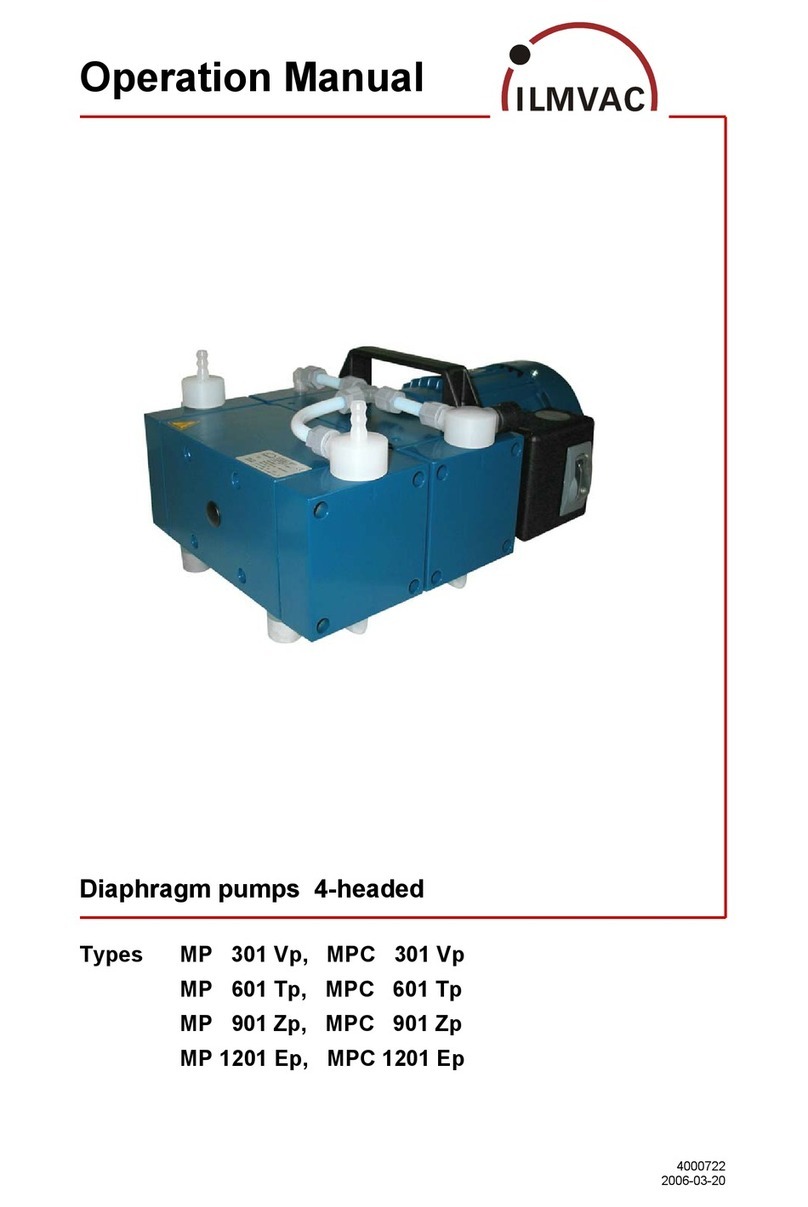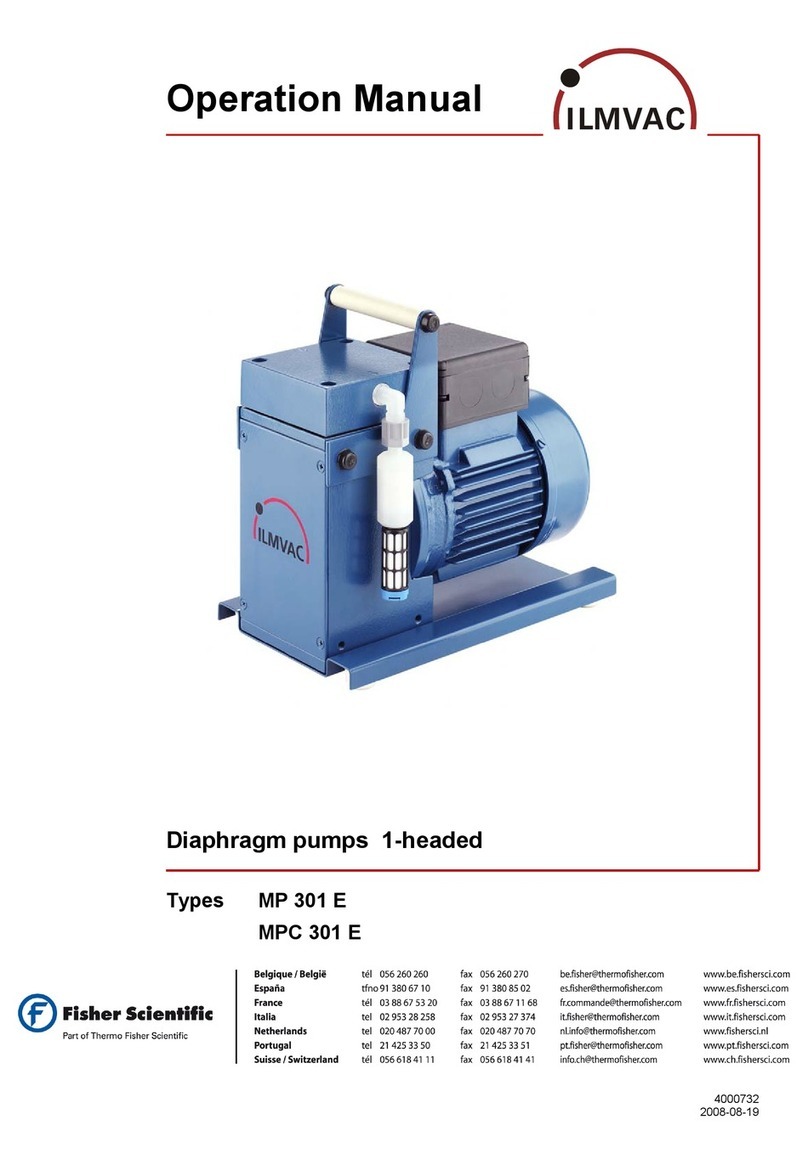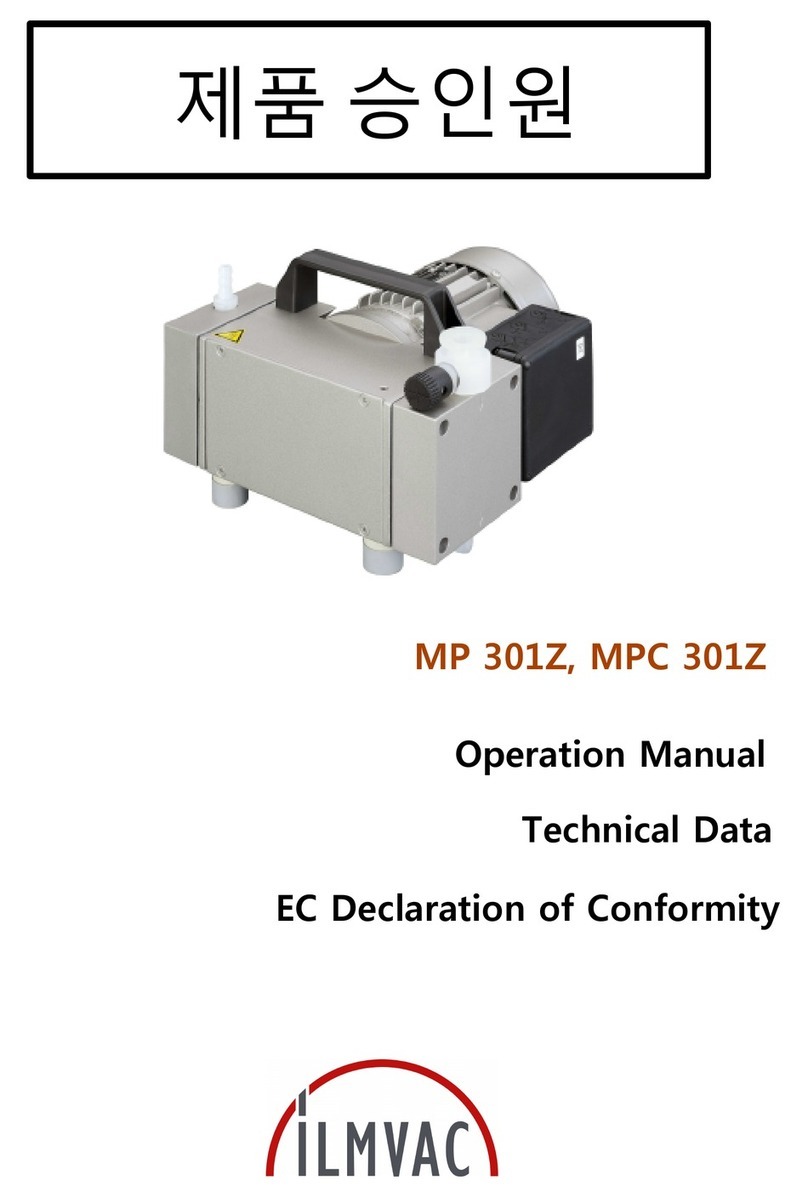Contents
Contents
1Important Information .......................................................................................................................................4
1.1 General Information.............................................................................................................................................4
1.2 Target Groups......................................................................................................................................................4
1.3 Intended Use .......................................................................................................................................................4
1.4 Use for an Unauthorized Purpose .......................................................................................................................4
1.5 Safety Devices.....................................................................................................................................................5
1.6 Meaning of the Warning notes.............................................................................................................................5
1.7 Product Standards, Safety Regulations ..............................................................................................................5
2Basic Safety Instructions..................................................................................................................................6
2.1 General Information.............................................................................................................................................6
2.2 Electricity .............................................................................................................................................................6
2.3 High Temperatures..............................................................................................................................................6
2.4 Mechanical Systems............................................................................................................................................7
2.5 Hazardous Substances .......................................................................................................................................8
3Description .........................................................................................................................................................9
3.1 Design..................................................................................................................................................................9
3.2 Function .............................................................................................................................................................10
3.2.1 Diagram of the layout of a chemvac pump system ...........................................................................................10
3.3 Applications .......................................................................................................................................................11
3.4 Scope of Delivery...............................................................................................................................................11
4Technical Data .................................................................................................................................................12
4.1 Dimensions ........................................................................................................................................................12
4.2 Intake Pressure / Pumping Speed - Diagram....................................................................................................12
4.3 Device data - chemvac Combination Pump Systems .......................................................................................13
4.3.1 Device data - Rotary vane pump .......................................................................................................................14
4.3.2 Device data - Diaphragm pumps.......................................................................................................................15
5Installation and Operation ..............................................................................................................................16
5.1 Unpacking..........................................................................................................................................................16
5.2 Installation and Connection ...............................................................................................................................16
5.3 Operation ...........................................................................................................................................................16
5.4 Storage ..............................................................................................................................................................17
5.5 Scrap Disposal...................................................................................................................................................17
6Maintenance and Servicing ............................................................................................................................18
6.1 General Requirements ......................................................................................................................................18
6.2 Maintenance Performed by the User.................................................................................................................18
6.2.1 Maintenance of the rotary vane pump...............................................................................................................19
6.2.1.1 Oil check ............................................................................................................................................................19
6.2.1.2 Oil change..........................................................................................................................................................20
6.2.1.3 Changing the oil type.........................................................................................................................................21
6.2.2 Maintenance of the diaphragm pump................................................................................................................21
6.2.2.1 Disassembly - MPC 101 Zp...............................................................................................................................22
6.2.2.2 Assembly - MPC 101 Zp....................................................................................................................................22
6.2.2.3 Disassembly - MPC 301 Zp...............................................................................................................................23
6.2.2.4 Assembly - MPC 301 Zp....................................................................................................................................23
6.2.2.5 Test....................................................................................................................................................................23
6.3 Maintenance by the Manufacturer.....................................................................................................................24
6.3.1 Servicing ............................................................................................................................................................24
6.4 Damage Report .................................................................................................................................................24
7Troubleshooting ..............................................................................................................................................25
8Overview of spare parts..................................................................................................................................26
8.1 Gasket set - rotary vane pumps ........................................................................................................................26
8.2 Maintenance kit - rotary vane pumps ................................................................................................................27
8.3 Maintenance kit - diaphragm pumps .................................................................................................................27
8.4 Complete view - chemvac combination pump system ......................................................................................28
8.4.1 List of spare parts - chemvac combination pump system .................................................................................29
8.5 Spare part view - P 6 Z......................................................................................................................................30
8.5.1 List of spare parts - rotary vane pump P 6 Z .....................................................................................................31
8.6 Spare part view - P 12 Z, P 23 Z .......................................................................................................................32
8.6.1 List of spare parts - rotary vane pump P 12 Z ...................................................................................................33
8.6.2 List of spare parts - rotary vane pump P 23 Z ...................................................................................................34
8.7 Spare part view - MPC 101 Zp ..........................................................................................................................35
8.7.1 List of spare parts - diaphragm pump MPC 101 Zp ..........................................................................................35
8.8 Spare part view - MPC 301 Zp ..........................................................................................................................36
8.8.1 List of spare parts - diaphragm pump MPC 301 Zp ..........................................................................................36
109025 3








































